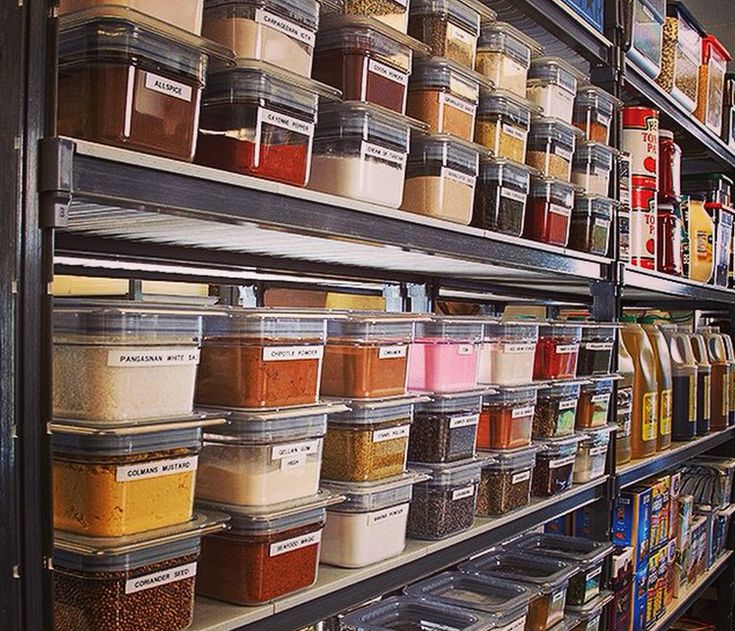A well-organized kitchen is not just aesthetically pleasing but also functional, making meal preparation and cooking a breeze. Whether you’re dealing with a small space or a sprawling kitchen, mastering the art of organization can transform your culinary experience. In this guide, we’ll explore expert Kitchen Organization Tips and strategies to help you whip your kitchen into shape and make it a space you’ll love to spend time in.
- Assess Your Space:
Before diving into organizing your kitchen, take a step back and assess your space. Consider the layout, storage options, and your cooking habits. Identify areas that need improvement and make a plan for optimizing them. This initial assessment will serve as a roadmap for your organization journey. - Declutter and Purge:
The first rule of Kitchen Organization Tips is to declutter ruthlessly. Start by emptying cabinets, drawers, and countertops. Sort through your belongings and ask yourself: Do I use this regularly? Is it in good condition? If not, it’s time to let it go. Donate, recycle, or discard items that are broken, expired, or no longer needed. Be ruthless in your purging to create space for the essentials. - Categorize and Group Similar Items:
Once you’ve decluttered, categorize your kitchen items into groups such as cookware, bakeware, utensils, pantry staples, etc. Grouping similar items together will make it easier to find what you need when you’re cooking. Consider the frequency of use and accessibility when deciding where to store each category. - Optimize Storage Solutions:
Maximize your kitchen storage by investing in smart solutions. Utilize vertical space with shelving or hanging racks to store pots, pans, and mugs. Install drawer dividers to keep utensils and gadgets organized. Use stackable containers or baskets to corral pantry items and prevent clutter. Consider adding pull-out shelves or lazy susans to reach items stored in deep cabinets easily. - Create Zones:
Designate specific zones in your kitchen for different tasks such as cooking, food prep, and storage. Keep frequently used items within arm’s reach of their respective zones to streamline your workflow. For example, store pots and pans near the stove, knives and cutting boards near the food prep area, and spices near the cooking area. - Label Everything:
Labeling is a simple yet effective way to maintain kitchen organization. Use labels or clear containers to identify the contents of jars, bins, and containers in your pantry. Label shelves, drawers, and cabinets to remind family members where things belong. Clear labeling not only helps you find items quickly but also encourages everyone in the household to maintain the organization. - Maintain Regular Maintenance:
Organizing your kitchen is not a one-time task; it requires regular maintenance to keep things in order. Schedule weekly or monthly decluttering sessions to keep clutter at bay. Make it a habit to return items to their designated spots after each use. Regular maintenance will prevent chaos from creeping back into your kitchen and help you enjoy a consistently organized space.
Conclusion:
With the right approach and Kitchen Organization Tips, organizing your kitchen like a pro is achievable for anyone. By decluttering, categorizing, optimizing storage, creating zones, labeling, and maintaining regular maintenance, you can transform your kitchen into a functional and stylish space that enhances your cooking experience. Embrace the process and enjoy the rewards of a well-organized kitchen where everything has its place.
